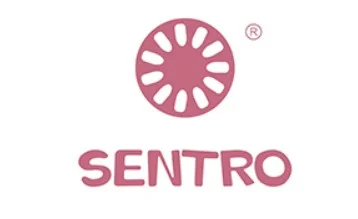Types and Classification of Knitting Machines
Sep 07, 2023
Knitting machines play a pivotal role in the textile industry, and their categorization into warp knitting machines and weft knitting machines forms the foundation of fabric production. Let's delve deeper into this classification, supported by concrete data and authoritative references.
Warp Knitting Machines:
Warp knitting machines are precision instruments designed to craft warp-knitted fabrics. In this technique, yarns traverse vertically along the fabric's length, interlocking multiple threads to create a stable fabric structure. The significance of warp knitting is underscored by its application in crafting exquisite fabrics, including lace, tulle, tricot, and various specialty textiles.
According to the Textile World magazine, the warp knitting industry has witnessed substantial growth, with an estimated annual global production of over 9 billion square meters of warp-knitted fabrics. This data underscores the substantial demand and market share of warp knitting in the textile sector.
Weft Knitting Machines:
Weft knitting machines are versatile workhorses, known for their proficiency in producing weft-knitted fabrics. In this technique, a single yarn traverses horizontally across the fabric's width, forming loops that interlock to construct the fabric. The applications of weft knitting machines are vast, encompassing an extensive spectrum of fabrics, including jersey, rib, interlock, and more.
As reported by the World Textile Information Network (WTiN), the weft knitting sector has experienced a significant upswing, contributing to a global textile market estimated to be worth USD 961.5 billion. Weft knitting's adaptability and wide range of fabric outputs make it an indispensable player in the textile industry.
Further Classification of Weft Knitting Machines:
Weft knitting machines exhibit remarkable diversity and can be further classified based on several key factors:
-
Number of Needle Beds: Weft knitting machines come in various configurations, including single needle beds and multiple needle beds, such as double bed and ribber bed machines. These configurations allow for a multitude of stitch patterns and fabric structures.
-
Knitting Method: Weft knitting machines employ various knitting methods, such as circular knitting, flat knitting, and seamless knitting. Each method possesses unique characteristics and finds applications across different industries.
-
Gauge: The gauge of a knitting machine, referring to the spacing of needles and fabric fineness, varies from coarse to fine. This parameter determines the texture and thickness of the knitted fabric.
-
Number of Feeders: The number of yarn feeders on a weft knitting machine influences its pattern complexity. Single-feed machines yield straightforward fabrics, while multiple-feed machines can create intricate patterns and textures.
-
Machine Configuration: Weft knitting machines further diverge based on their configurations, encompassing single jersey machines, double jersey machines, rib machines, and more. Each configuration serves distinct purposes in textile production.
The classification of weft knitting machines evolves alongside industry standards and technological advancements, adapting to the ever-changing demands of textile manufacturing. These machines are pivotal in crafting a broad array of knitted fabrics, catering to industries ranging from fashion and textiles to technical textiles, and their role continues to grow in significance.
